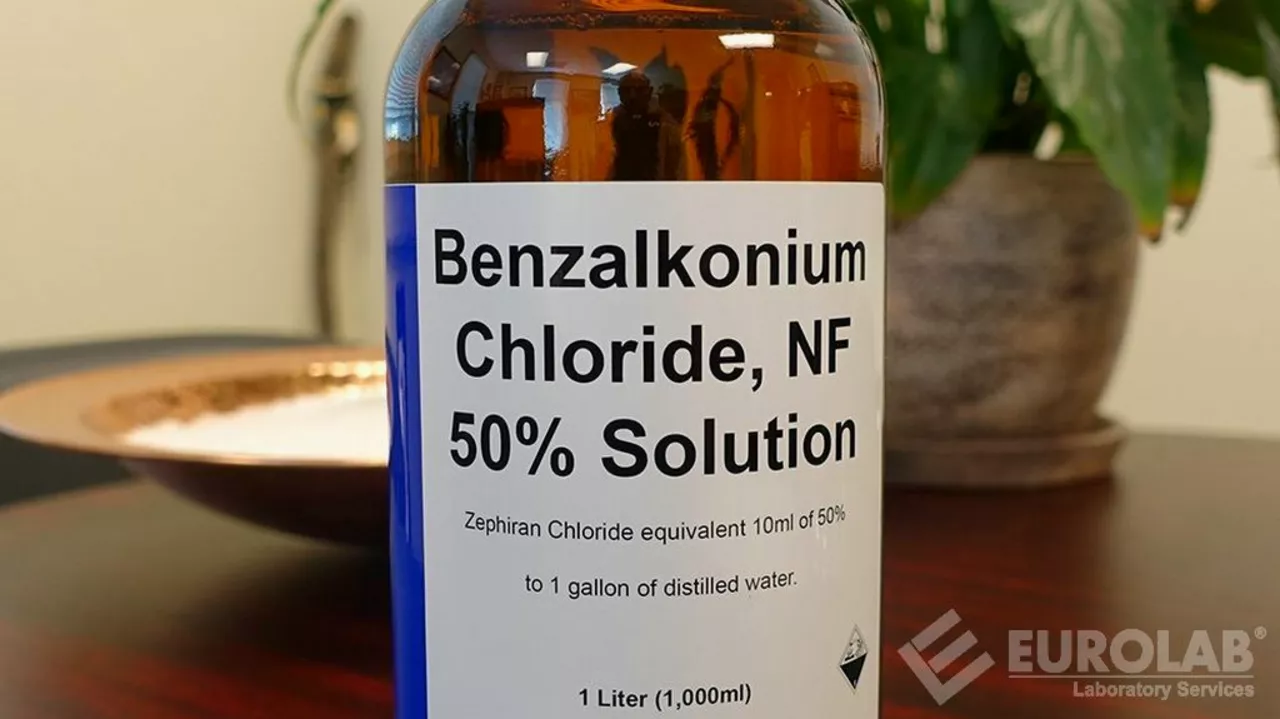If you’ve ever swatted at a mosquito or found a red spot after a hike, you know how annoying bug bites can be. The good news is most bites aren’t dangerous and you can calm the itch fast with things you probably already have at home.
The moment you notice a bite, wash the area with mild soap and cool water. Cleaning removes any bacteria that might cause infection. After it’s dry, apply a cold compress or an ice pack wrapped in a cloth for 10‑15 minutes. The cold numbs the skin and reduces swelling.
Next, reach for an over‑the‑counter antihistamine cream or a hydrocortisone lotion. A little dab does the trick and keeps the itching from getting out of hand. If you prefer something natural, a thin layer of aloe vera gel or a paste made from baking soda and water can soothe the skin.
Resist the urge to scratch. Scratching breaks the skin barrier and can lead to redness, bruising, or even infection. Keep your nails trimmed short and distract yourself with a hobby or a quick walk if you feel the itch getting worse.
Most bites heal on their own within a few days, but some signs mean it’s time to see a doctor. Look out for intense pain that doesn’t ease, spreading redness or swelling, blisters, or fever. These could signal an allergic reaction or infection.
If you’re bitten by a tick, remove it carefully with fine‑tipped tweezers, pulling straight out without twisting. Clean the bite site again and watch for rash or flu‑like symptoms over the next few weeks – those could be signs of Lyme disease.
People who know they’re allergic to bee or wasp stings should carry an epinephrine auto‑injector and seek emergency help right away if they get stung. Even without a known allergy, a large swelling that covers a big area or affects breathing needs immediate attention.
For most other insects—mosquitoes, fleas, spiders—the treatment stays the same: clean, cool, and calm the itch. If you’re unsure which bug bit you, note the size of the bump and any patterns (like a line of bites from a bed bug). That information helps a health professional decide if extra care is needed.
Prevention is easier than cure. Wear long sleeves in high‑mosquito areas, use insect repellent with DEET or picaridin, and check your skin after spending time outdoors. Keep your home sealed so bugs can’t slip inside, and wash bedding regularly if you suspect bed bugs.
Remember, a bite is usually just an annoying reminder that nature’s around us. With quick cleaning, simple home remedies, and the right when‑to‑see‑a‑doctor cues, you’ll be back to feeling normal in no time.
